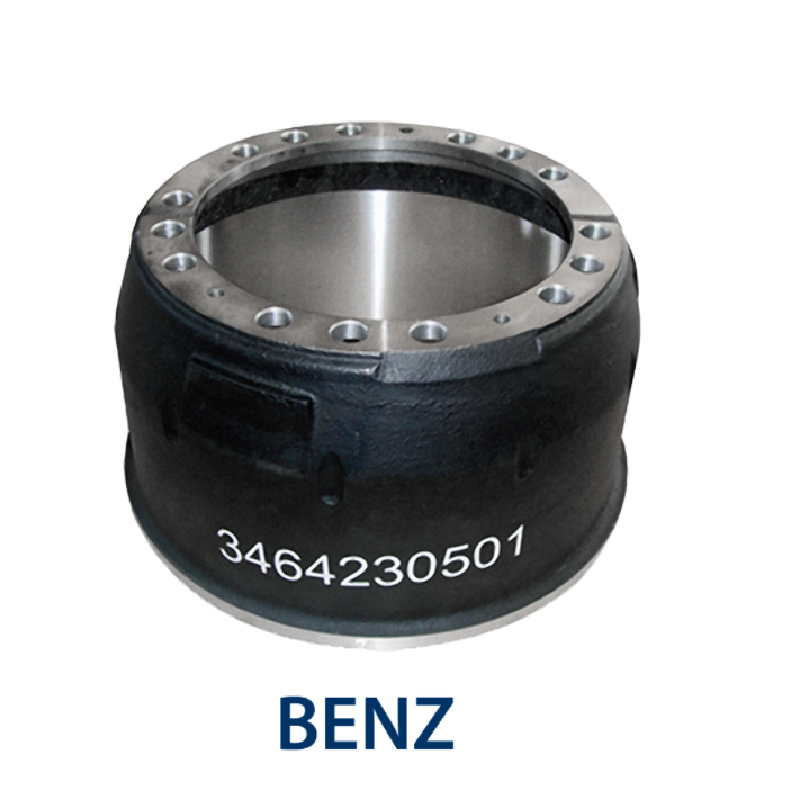12 月 . 04, 2024 09:47 Back to list
how to remove rusted drum brakes
How to Remove Rusted Drum Brakes
Rusted drum brakes can be a real headache for car owners. If you’re facing an issue with rusted drum brakes, rest assured that with the right tools and approach, you can remove them effectively. In this guide, we will take you through the steps of removing rusted drum brakes, ensuring a smooth and efficient process.
Tools Needed
Before we dive into the removal process, it’s essential to gather the tools and materials you’ll need
- Jack and jack stands - Lug wrench - Screwdrivers (flathead and Phillips) - Brake cleaner - Hammer or mallet - Pliers - Brake drum puller (if necessary) - Safety goggles - Gloves
Step 1 Safety First
Safety should always be your top priority when working on your vehicle. Start by parking your car on a flat surface. Engage the parking brake to ensure the vehicle doesn’t roll away. Additionally, put on safety goggles and gloves to protect yourself from debris and rust particles.
Step 2 Loosen the Lug Nuts
Using the lug wrench, slightly loosen the lug nuts on the wheel where the drum brakes are located. Do not remove them completely yet. This step will make it easier to remove the wheel later when the car is elevated.
Step 3 Lift the Vehicle
Using the jack, lift the vehicle and place it securely on jack stands. Ensure the car is stable before proceeding. It is crucial to never work under a vehicle that is solely supported by a jack.
Step 4 Remove the Wheel
Once the car is securely lifted, finish removing the lug nuts and take off the wheel
. Set the wheel aside in a safe location.Step 5 Inspect the Brake Drum
With the wheel removed, inspect the brake drum. Sometimes, rust can cause the drum to seize onto the wheel hub. If you notice significant rust accumulation, you may need to take additional steps to loosen it.
how to remove rusted drum brakes

Step 6 Apply Brake Cleaner
Spray brake cleaner around the edge of the drum where it attaches to the hub. This will help dissolve any rust or debris that may be causing the drum to stick. Allow it to sit for a few minutes to penetrate the rust.
Step 7 Tap the Drum
Using a hammer or mallet, gently tap around the edge of the brake drum. This tapping can help break the corrosion bond between the drum and the hub. Be cautious not to hit too hard, as you can damage the drum or surrounding components.
Step 8 Use a Brake Drum Puller (if necessary)
If the drum still won’t budge after tapping, a brake drum puller can help. This tool applies even pressure to the drum, helping to pull it off without damaging it. Attach the puller per the manufacturer’s instructions and carefully turn the bolts to apply pressure until the drum comes off.
Step 9 Check the Components
Once the brake drum is removed, inspect the inner workings of the drum brakes, including the shoes, springs, and hardware. Look for signs of wear and rust on components that may need replacement. It’s a good practice to clean all parts with brake cleaner while they are accessible.
Step 10 Install New Parts (if necessary)
If you find any components that are worn or rusty, replace them with new parts. Make sure to follow the manufacturer’s specifications for installation. After installing new components, carefully reattach the drum by sliding it back over the shoes and hub.
Step 11 Reassemble and Test
Replace the wheel, hand-tightening the lug nuts before lowering the car off the jack stands. Once the car is on the ground, fully tighten the lug nuts in a crisscross pattern to ensure even distribution of pressure. Finally, test drive the vehicle to ensure everything functions correctly.
Conclusion
Removing rusted drum brakes may seem daunting, but with the correct tools and procedures, it becomes a manageable task. Always remember to prioritize safety during the process and to inspect all components thoroughly. If you feel uncertain at any step, don’t hesitate to consult a professional mechanic. With a bit of patience and effort, you’ll have your vehicle’s braking system functioning like new in no time!
-
Brake Drum for Kamaz Trucks Durable OEM Replacement & High Performance
NewsMay.30,2025
-
Brake Drum Man High-Quality Drum Brake & Shoe Solutions
NewsMay.30,2025
-
High-Performance Brake Drum for Kamaz Trucks Durable Drum Brake Components
NewsMay.29,2025
-
Brake Drum Man High-Quality Drum Brake Drums & Brake Shoes
NewsMay.29,2025
-
Brake Drum MAZ High-Performance & Durable Replacement Parts
NewsMay.29,2025
-
heavy truck brake drums
NewsMar.07,2025
